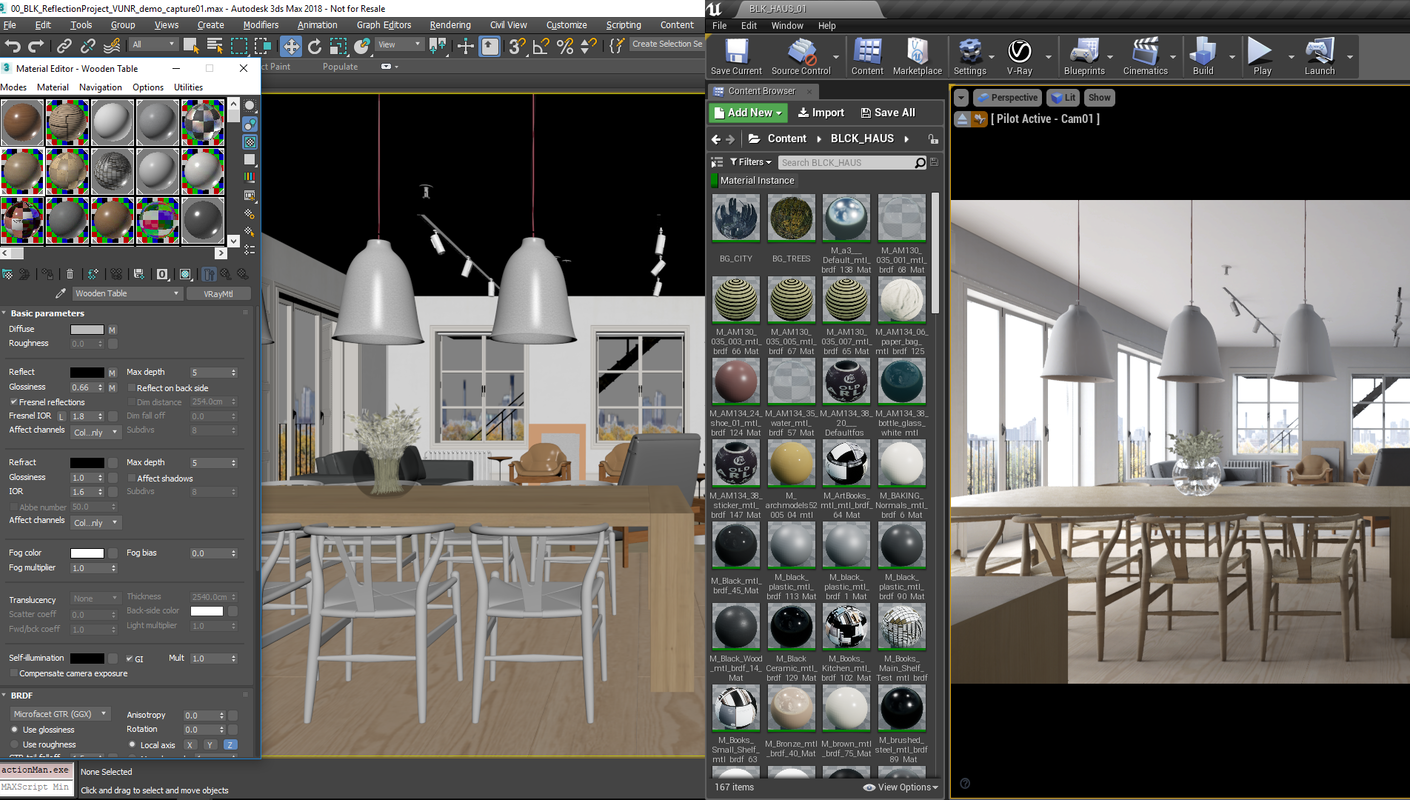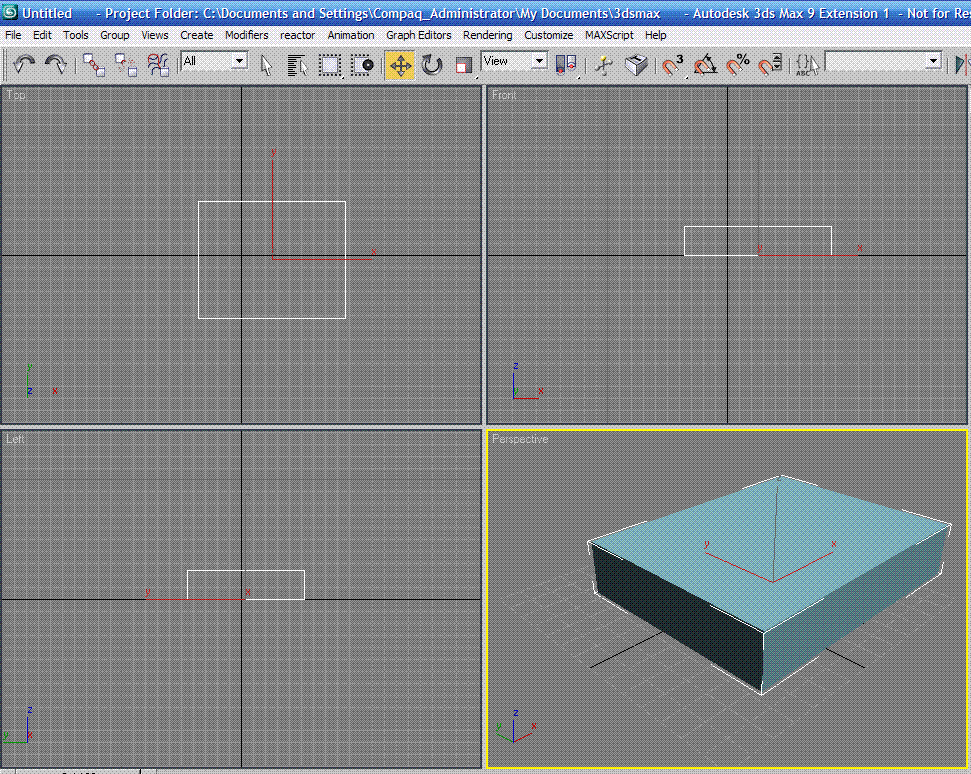


Enabling this option and lowering the value widens the dispersion and vice versa. For more information, see the Refraction IOR example below.Ībbe number – Increases or decreases the dispersion effect. This parameter can be mapped with a texture in the Maps rollout.

A value of 1.0 means the light does not change direction. IOR – Specifies the index of refraction for the material, which describes the way light bends when crossing the material surface. For more information, see the Refraction Glossiness example below. A value of 1.0 means perfect glass-like refraction lower values produce blurry or glossy refractions. Glossiness – Controls the sharpness of refractions. For more information, see the Refraction Color example below. Note that the actual refraction color depends on the Reflect color as well. Refract – Specifies the amount of refraction and the refraction color. Note that this affects total internal reflections too (when refractions are computed).ĭim distance – Specifies the distance after which the reflection rays are not traced.ĭim fall off – Specifies the fall off radius for the dim distance.Īffect channels – Allows you to specify which channels are affected by the reflection of the material.Ĭolor only – The reflection affects only the RGB channel of the final render.Ĭolor+alpha – The material transmits the alpha of the reflected objects instead of displaying an opaque alpha.Īll channels – All channels and render elements are affected by the reflections of the material. Reflect on back side – When enabled, reflections are computed for back-facing surfaces too. For more information, see the Reflection Depth example below. Scenes with lots of reflective and refractive surfaces may require higher values to look right. Max depth – Specifies the number of times a ray can be reflected. For a list of metal shaders' IOR, see the Metal Shaders IOR page. The reflection color should typically be set to white for real world materials. For more information, see Understanding Metalness blog post. This parameter can be used with PBR setups coming from other applications. Note that intermediate values between 0.0 and 1.0 do not correspond to any physical material. Metalness – Controls the reflection model of the material from dielectric (metalness 0.0) to metallic (metalness 1.0). For more information, see the Fresnel Option example below. Normally this is locked to the Refraction IOR parameter, but it can be unlocked for finer control. This parameter can be mapped with a texture in the Maps rollout. Note that the Fresnel effect depends on the index of refraction as well.įresnel IOR – Specifies the IOR to use when calculating Fresnel reflections. Some materials in nature (glass, etc.) reflect light in this manner. For more information, see the Reflection Glossiness example below.įresnel reflections – When enabled, the reflection strength becomes dependent on the viewing angle of the surface. A value of 1.0 means perfect mirror-like reflection lower values produce blurry or glossy reflections. For more information, see the Reflection Color example below. Note that the reflection color dims the diffuse surface color based on the Energy preservation mode option. Reflect – Specifies the amount of reflection and the reflection color.


 0 kommentar(er)
0 kommentar(er)
